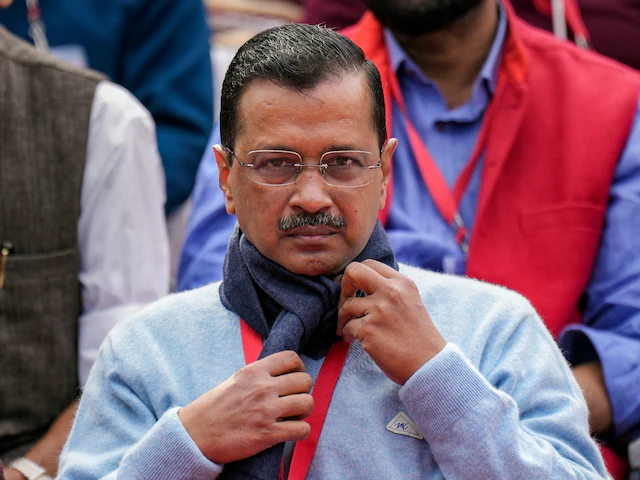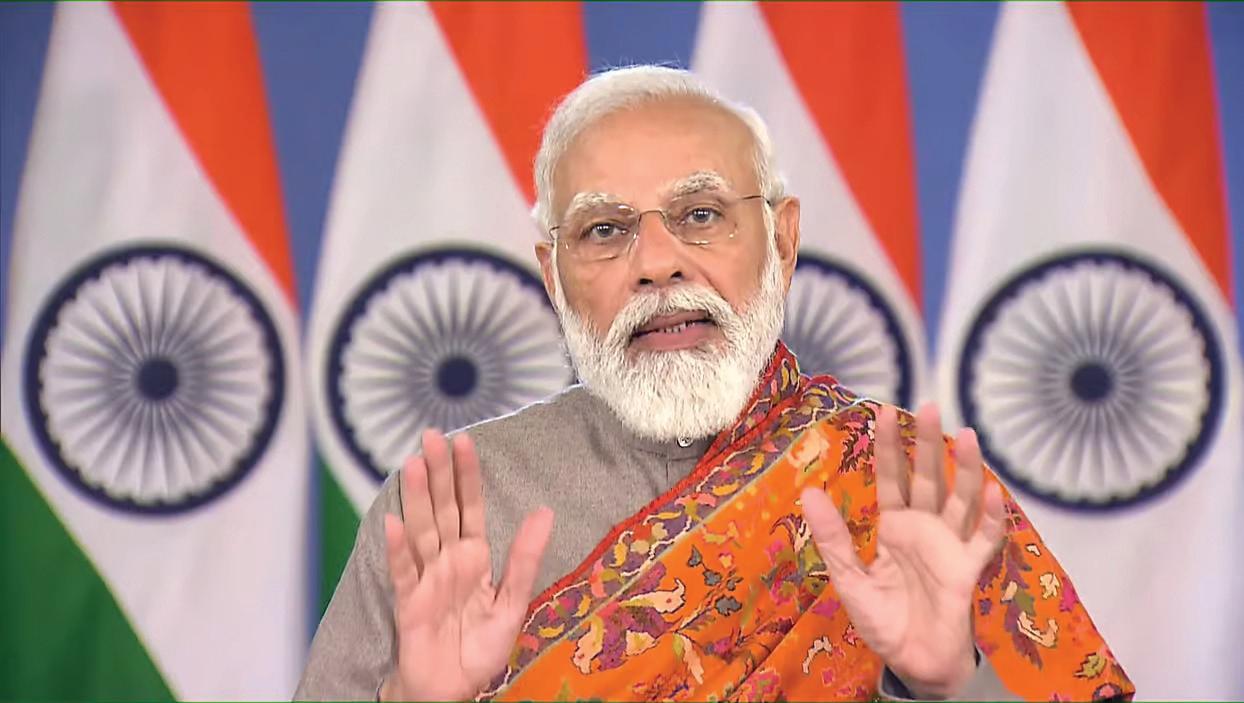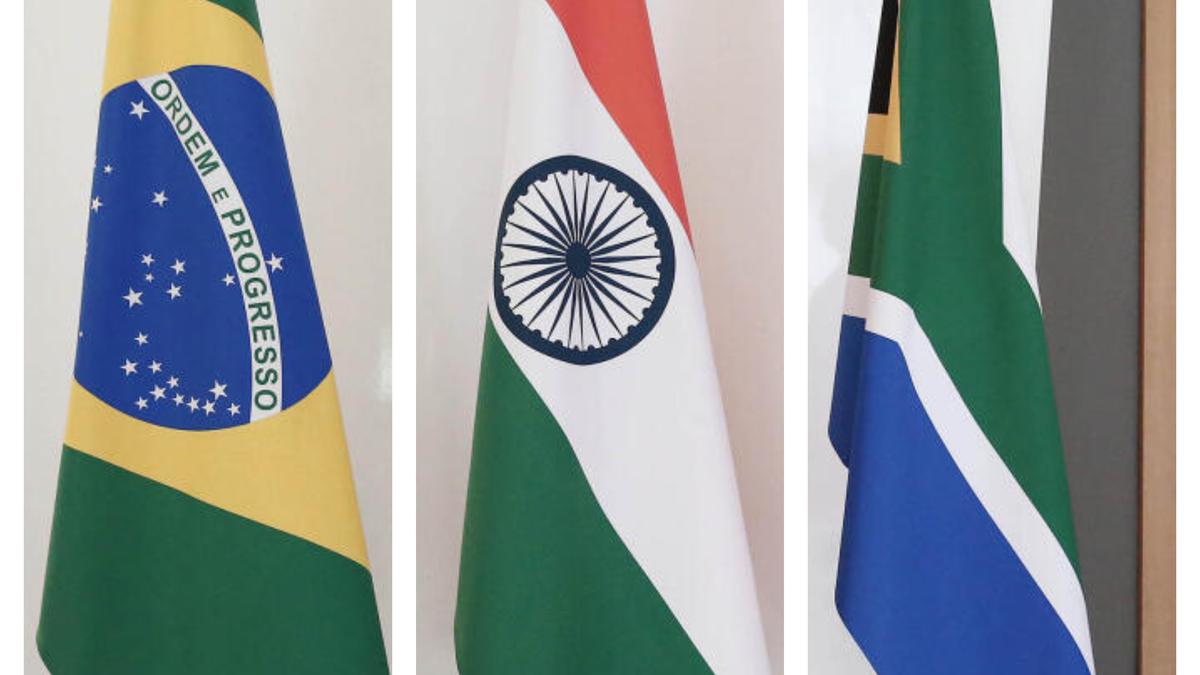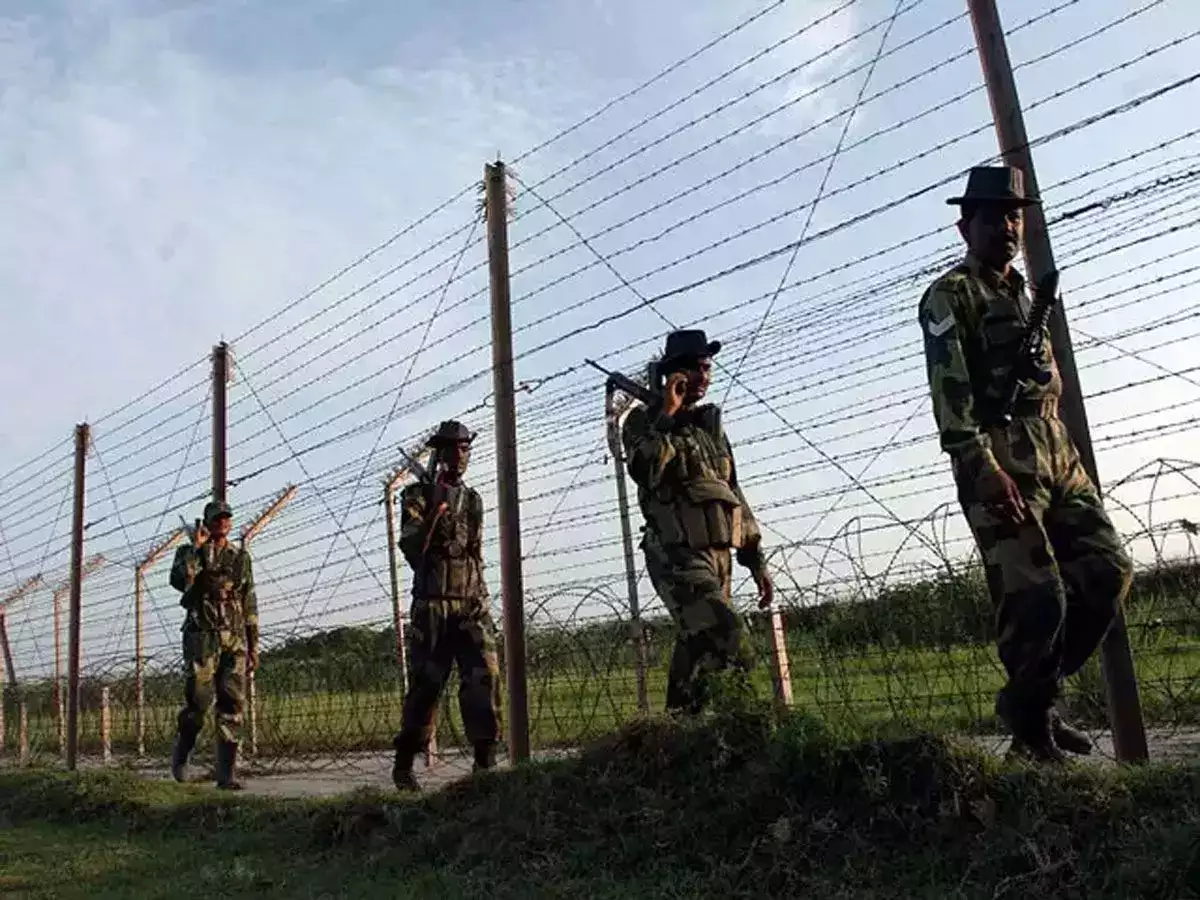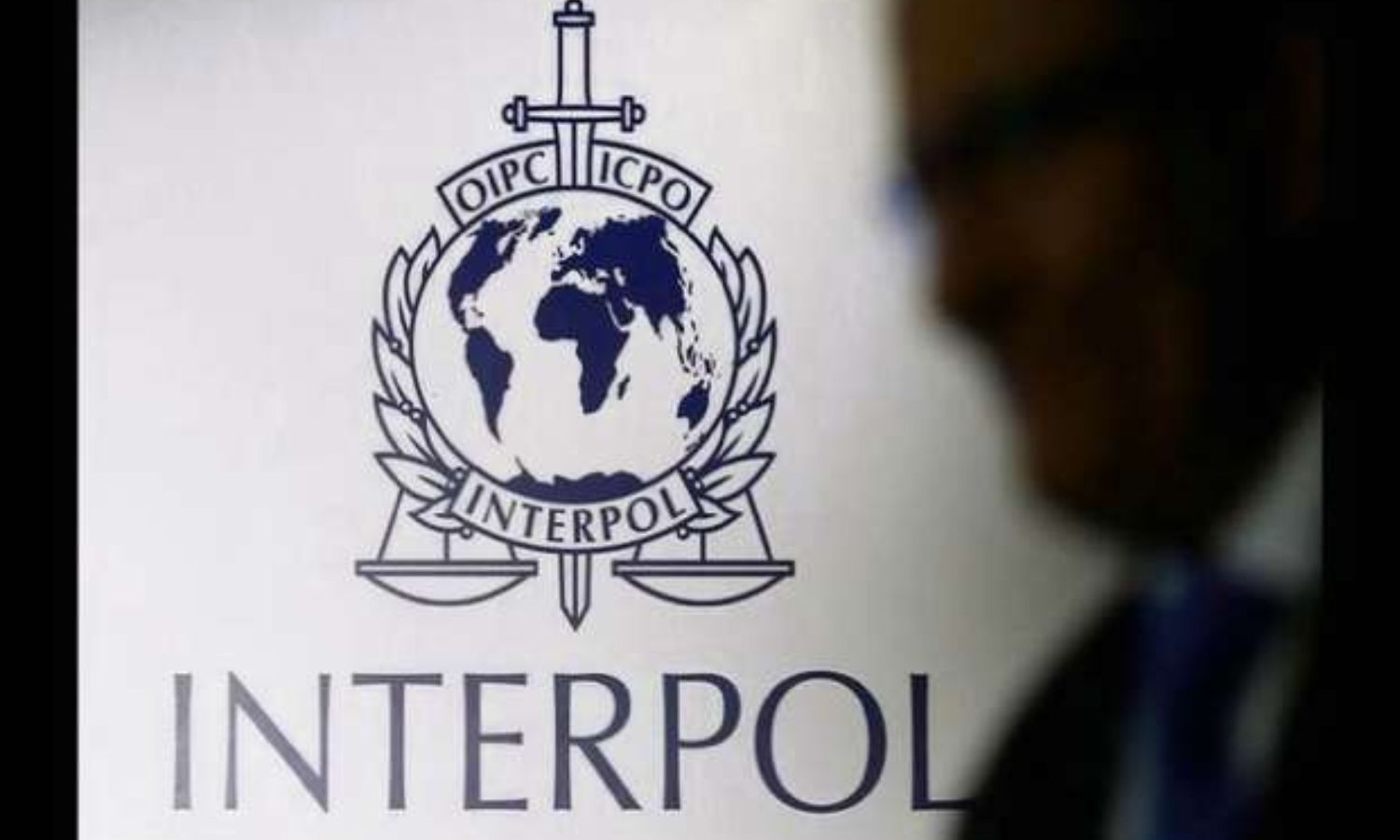In a sensible, strict, simple and straightforward judgment titled Vikram Dhondiram Raskar and Ors. v. State of Maharashtra and Ors. in Civil Writ Petition No. 923 of 2021 that was reserved on July 1 and then finally pronounced on July 22, 2022 minced just no words whatsoever to hold precisely that candidates aggrieved by violations of recruitment guidelines should raise their objections before appearing for the interview. It ought to be noted that a Division Bench of Justice RD Dhanuka and Justice MG Sewlikar minced just no words to make it pretty clear that, “It is well settled that a candidate who is called for the interview and takes part in the interview, cannot turn around and pick holes and contend that the selection process was conducted in violation of the guidelines.” We thus see that the Bombay High Court thus dismissed a writ petition which had challenged the legality of the recruitment process of a co-operative bank and the appointments thereof.
At the outset, this extremely commendable, cogent, composed and convincing judgment authored by Justice MG Sewlikar for a Division Bench of Bombay High Court comprising of Justice RD Dhanuka and himself puts forth in para 2 that, “In this Writ Petition, the petitioners are seeking declaration under Articles 226 and 227 of the Constitution of India that the entire selection process pursuant to the advertisement dated 5th March, 2019 including short-listing of the candidates and their consequential appointments are illegal and bad in law and for setting aside these appointments with further directions to Respondent Nos.1 & 2 to conduct and complete the enquiry under Section 79A of the Maharashtra Co-operative Societies Act, 1960.”
While mentioning about the facts, the Bench then envisages in para 3 that, “The facts in a nutshell can be stated thus:
Respondent No.1 is the State of Maharashtra. Respondent No.2 is the Commissioner for Co-operation & Registrar, Cooperative Societies, Maharashtra State. Respondent No.3 is the District Deputy Registrar, Co-operative Societies (DDR), Sangli, who has the power of superintendence over Respondent No.4 Bank. Respondent No.4 is a Co-operative Bank registered under the provisions of the Maharashtra Co-operative Societies Act, 1960.”
To put things in perspective, the Bench then discloses in para 4 that, “The allegations made by the petitioners are that on 5th March, 2019, an advertisement for recruitment of 400 posts of Junior Clerk was published in “Daily Sakal”. The conducting of the examination and selection of candidates was outsourced to respondent No.5 Maharashtra Institute of Hardware & Software Technology Private Limited, Amravati (MIHST Pvt. Ltd.). The petitioners also applied for the post of Junior Clerk. Accordingly examination was conducted by MIHST Pvt. Ltd. on 14th September, 2019 and 15th September, 2019. The said examination was conducted on line in two parts. First part of the examination was held on 14th September, 2019 and second part was held on 15th September, 2019. 5609 candidates had appeared for the said online examination. On 26th October, 2019, MIHST Pvt. Ltd. declared the result of the said on-line examination.”
As it turned out, the Bench then states in para 5 that, “According to the petitioners, 1251 candidates were declared qualified for the interview. The interview was conducted between 30th October, 2019 and 11th November, 2019 in the office of respondent No.4 Bank. Final result was declared on 18th November, 2019. According to the petitioners, there were several illegalities in the conduct of examination and interview. Therefore, the petitioners raised their grievance before the District Collector, Sangli. It was their primary contention that the recruitment process was carried out in violation of the guidelines issued by respondent No.1. For enquiring into the allegations made by the petitioners, the DDR (respondent No.3) was appointed as an enquiry officer. The DDR submitted his report to the District Collector, Sangli on 31st December, 2019. According to the DDR the recruitment process was conducted in accordance with the guidelines. The petitioners have, therefore, filed this Writ Petition seeking redressal of their grievances.”
As we see, the Bench then reveals in para 6 that, “Respondent No.5 MIHST Pvt. Ltd. filed its reply on 23rd March, 2022. Respondent No.5 admitted that the job of conducting examination was outsourced to it by respondent No.4 Bank. It has contended that examination was conducted on 14th September, 2019 and 15th September, 2019 in accordance with the existing guidelines. It has, therefore, prayed for the dismissal of the Petition.”
To be sure, the Bench then aptly states in para 7 that, “The petitioners filed a rejoinder on 29th March, 2022. It is contended that the candidate, namely, Dipali Jagannathrao Mane (Roll No.501577) was declared ineligible as she had secured 75 marks. However, she was called for the interview and was not only selected for the post of Junior Assistant but also was confirmed. This sole instance itself is indicative of the fact that the selection process smacks of malafide.”
Needless to say, the Bench then notes in para 16 that, “The first and foremost issue that needs consideration is the maintainability of the Petition. Learned Counsel Shri.Ugle for the petitioners submitted that respondent No.4 is an instrumentality of the State Government as the State Government has financial and administrative control over the affairs of respondent No.4 Bank.”
Simply put, the Bench then observes in para 20 that, “Shri Ugle learned Counsel for the petitioners could not point out any provision indicating that though respondent No.4 is a private institution, respondent No.4 is an instrumentality of the Government and the Government exercises control over it. None of the parameters enumerated by the Supreme Court in the above judgments get attracted so as to make respondent No.4 an instrumentality of the State. Therefore, Respondent No.4 cannot be considered as an instrumentality of the State, by virtue of which writ cannot be issued against respondent No.4.”
Quite rightly, the Bench mentions in para 21 that, “Even if it is assumed for the sake of argument that respondent No.4 is the State within the meaning of Article 12 of the Constitution, still the petitioners cannot succeed.”
Most notably, the Division Bench then very rightly articulates in para 22 holding that, “It is not in dispute that the petitioners had participated in the interview. They preferred this Writ Petition and raised objections about violations of the guidelines only after they were not selected for the post of Junior Clerk. It is well settled that a candidate who is called for the interview and takes part in the interview, cannot turn around and pick holes and contend that the selection process was conducted in violation of the guidelines. If the petitioners were aggrieved because of the violations of the guidelines, they ought to have raised their grievance before appearing for the interview. They did not do so. They appeared for the interview and only after they were not selected, they preferred this Writ Petition.”
Be it noted, the Bench then points out in para 23 that, “Learned counsel Shir Mankapure relied on the case of Madan Lal and others Vs. State of J & K and others (1995) 3 SCC 486. In the case of Madan Lal (supra), the facts were almost identical. The candidates in that case were declared to be eligible for oral interview. After getting rejected in that interview, they challenged the selection process. The Supreme Court held thus :
“9. Before dealing with this contention, we must keep in view the salient fact that the petitioners as well as the contesting successful candidates being respondents concerned herein, were all found eligible in the light of marks obtained in the written test, to be eligible to be called for oral interview. Up to this stage there is no dispute between the parties. The petitioners also appeared at the oral interview conducted by the Members concerned of the Commission who interviewed the petitioners as well as the contesting respondents concerned. Thus the petitioners took a chance to get themselves selected at the said oral interview. Only because they did not find themselves to have emerged successful as a result of their combined performance both at written test and oral interview, they have filed this petition. It is now well settled that if a candidate takes a calculated chance and appears at the interview then, only because the result of the interview is not palatable to him, he cannot turn round and subsequently contend that the process of interview was unfair or the Selection Committee was not properly constituted. In the case of Om Prakash Shukla v. Akhilesh Kumar Shukla : 1986 Supp SCC 285, it has been clearly laid down by a Bench of three learned Judges of this Court that when the petitioner appeared at the examination without protest and when he found that he would not succeed in examination he filed a petition challenging the said examination, the High Court should not have granted any relief to such a petitioner.””
While continuing in a similar vein, the Division Bench then states in para 24 that, “Similar observations are found in the case of Ramesh Chandra Shah and others Vs. Anil Joshi and others (2013) 11 SCC 309. The Supreme Court held thus :
“17. Those who were desirous of competing for the post of Physiotherapist, which is a Group ‘C’ post in the State of Uttarakhand must have, after reading the advertisement, become aware of the fact that by virtue of the Office Memorandum dated 3.8.2010, the Board has been designated as the recruiting agency and the selection will be made in accordance with the provisions of the General Rules. They appeared in the written test knowing that they will have to pass the examination enumerated in Para 11 of the advertisement. If they had cleared the test, the private Respondents would not have raised any objection to the selection procedure or the methodology adopted by the Board. They made a grievance only after they found that their names do not figure in the list of successful candidates. In other words, they took a chance to be selected in the test conducted by the Board on the basis of the advertisement issued in November 2011. This conduct of the private respondents clearly disentitles them from seeking relief under Article 226 of the Constitution. To put it differently, by having appeared in the written test and taken a chance to be declared successful, the private respondents will be deemed to have waived their right to challenge the advertisement and the procedure of selection.
18. It is settled law that a person who consciously takes part in the process of selection cannot, thereafter, turn around and question the method of selection and its outcome.””
Most remarkably, the Bench then clearly states in para 25 that, “These two decisions of the Supreme Court unequivocally reveal that a candidate who is declared eligible for the interview, and appears for the interview, cannot complain of the alleged violations in the selection process. Even if it is assumed for the sake of argument that the answer-key was not published before declaration of the final result, it is not such a grave violation which would render the entire selection process illegal. At the most, it can be said to be an irregularity and not an illegality. Therefore, we do not find any substance in this contention of the petitioners.”
Most pragmatically, the Bench then mandates in para 26 that, “We are not inclined to exercise writ jurisdiction in this matter for one more reason. Parties are at dispute whether answer key was published before the interview or after the holding of the interview. They are also at dispute whether merit list/waiting list was published before the interview. These are questions of fact which cannot be gone into in the petition under Article 226 of the Constitution of India.”
It is worth noting that the Division Bench then most forthrightly holds in para 27 that, “Another limb of argument of learned counsel for the petitioners was that Dipali Jagannathrao Mane was declared unsuccessful in the written test, but, she was still called for the interview, appointed and was confirmed too. It is pertinent to note that the petitioners had appeared for the post of “Junior Clerk” and said Dipali Jagannathrao Mane had appeared for the post of “Junior Assistant”. The petitioners have no locus to challenge the selection process of the post for which they had not applied and, therefore, this argument deserves outright rejection.”
Finally, the Bench then concludes by holding in para 28 that, “For the reasons discussed hereinabove, writ cannot be issued against respondent No.4. The Petition is, therefore, devoid of any substance. We, therefore, dismiss the Writ Petition with costs of Rs.10,000/-. Costs shall be deposited with the Legal Services Authority of this Court. Rule stands discharged.”
All discussed, we thus see that the Bombay High Court in this learned judgment has made it manifestly clear that the candidate cannot complain of alleged violations in the selection process after appearing for interview. In other words, the Court has vindicated the age old famous dictum that, “You cannot have the cake and eat it too.” Very rightly so!
The petitioners also appeared at the oral interview conducted by the Members concerned of the Commission who interviewed the petitioners as well as the contesting respondents concerned. Thus the petitioners took a chance to get themselves selected at the said oral interview. Only because they did not find themselves to have emerged successful as a result of their combined performance both at written test and oral interview, they have filed this petition. It is now well settled that if a candidate takes a calculated chance and appears at the interview then, only because the result of the interview is not palatable to him, he cannot turn round and subsequently contend that the process of interview was unfair or the Selection Committee was not properly constituted. In the case of Om Prakash Shukla v. Akhilesh Kumar Shukla : 1986 Supp SCC 285, it has been clearly laid down by a Bench of three learned Judges of this Court that when the petitioner appeared at the examination without protest and when he found that he would not succeed in examination he filed a petition challenging the said examination, the High Court should not have granted any relief to such a petitioner.
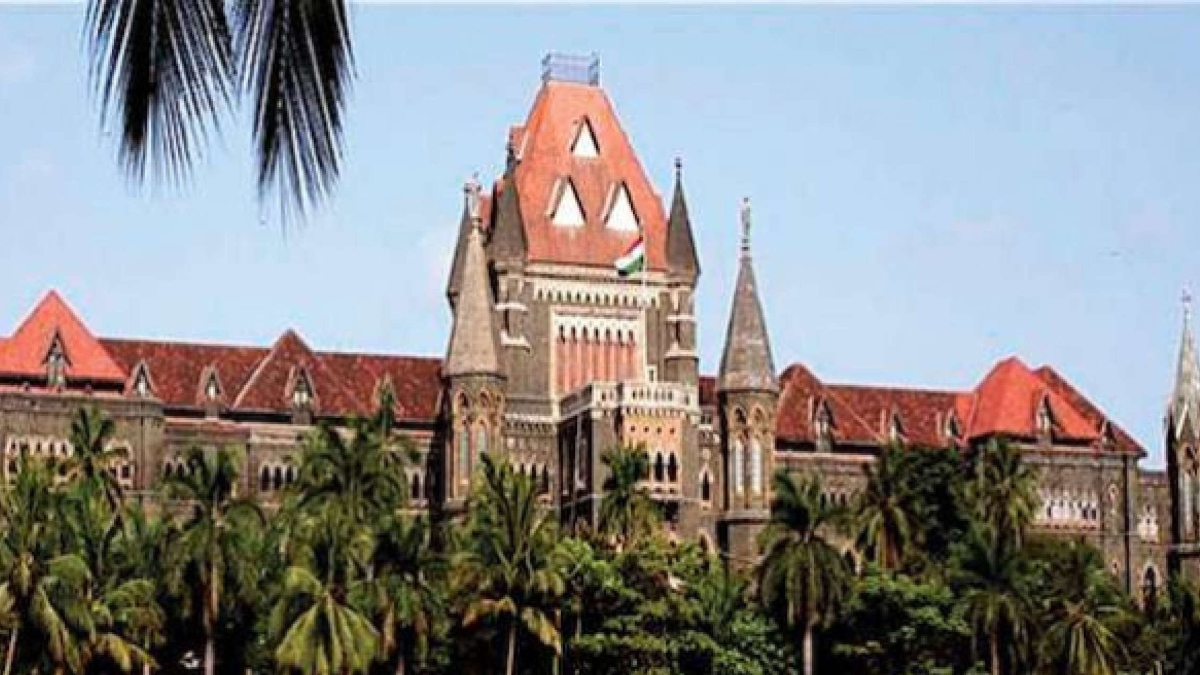
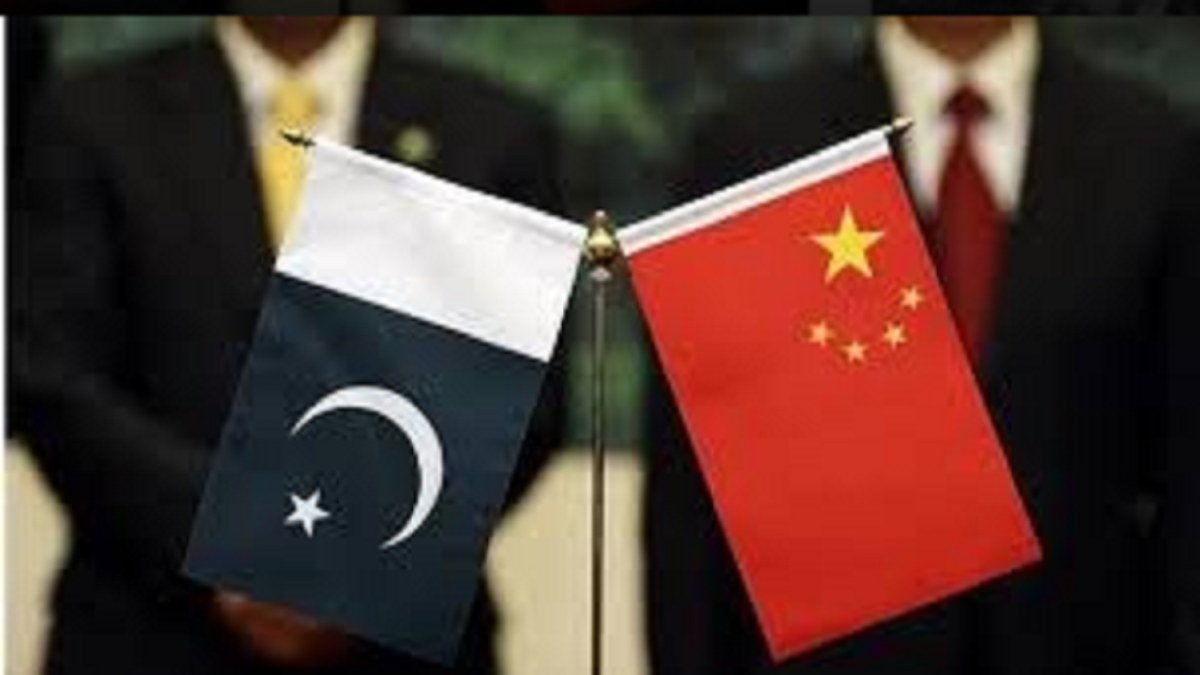
 Opinion2 years ago
Opinion2 years ago
 Entertainment7 years ago
Entertainment7 years ago
 Fashion7 years ago
Fashion7 years ago
 Entertainment7 years ago
Entertainment7 years ago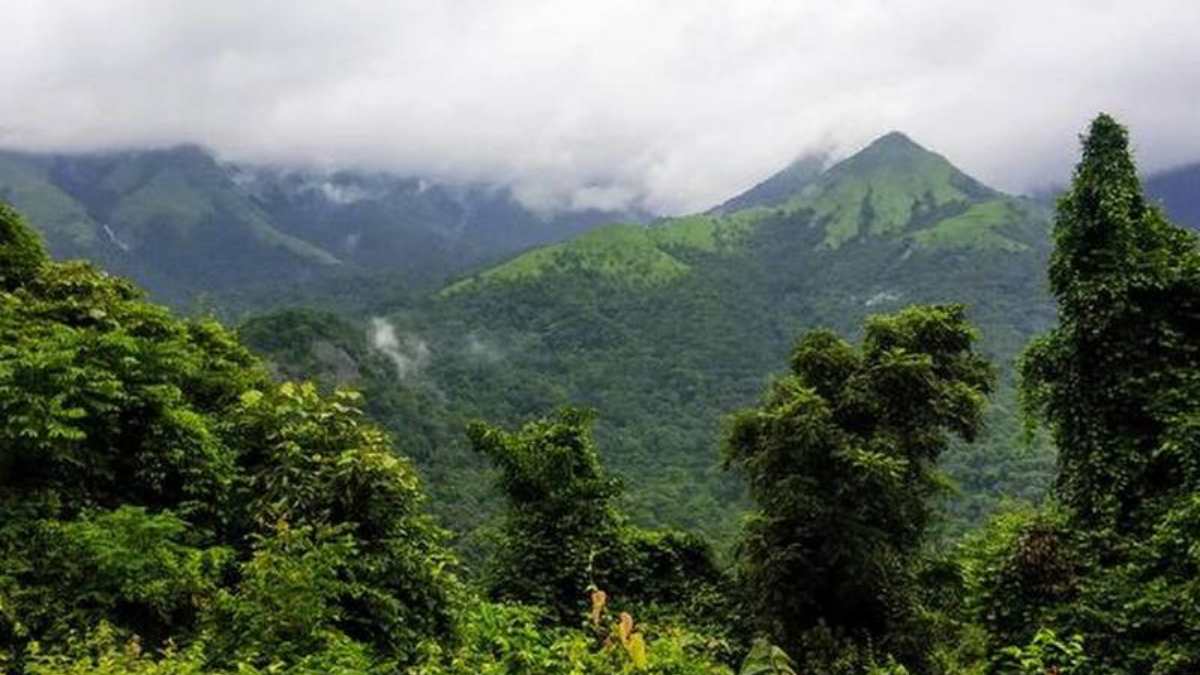
 Opinion2 years ago
Opinion2 years ago
 Politics7 years ago
Politics7 years ago
 Entertainment7 years ago
Entertainment7 years ago
 Entertainment7 years ago
Entertainment7 years ago
